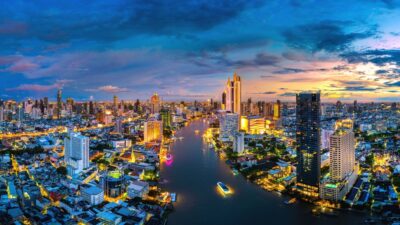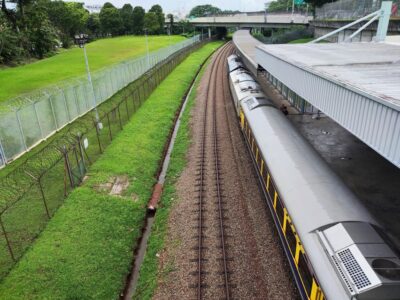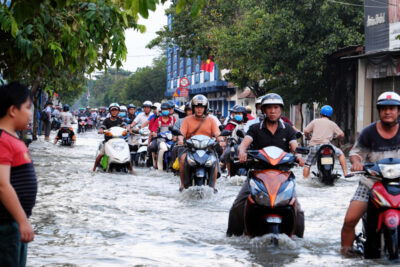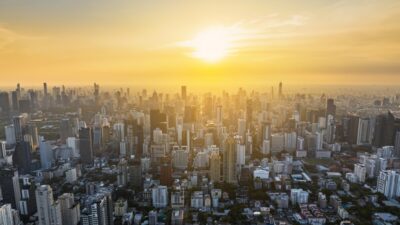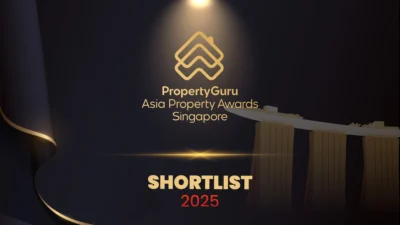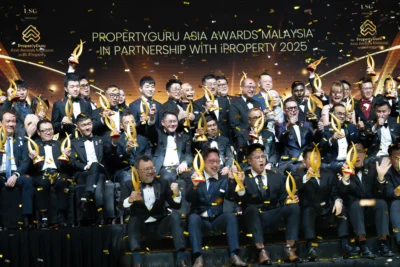Small talk: The rise of Hong Kong’s nano homes
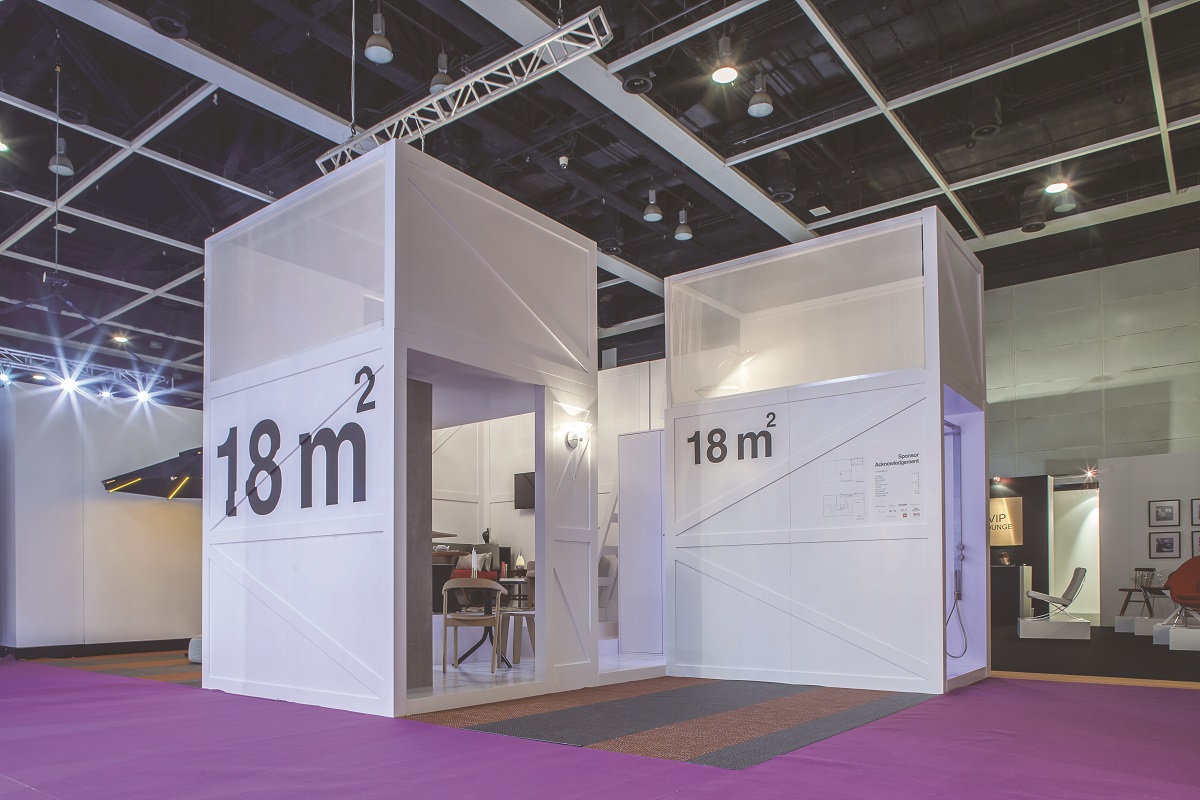
Hong Kong’s housing crisis is perhaps best epitomised by its infamous “coffin homes”. In a city struggling to find room for its residents, this is what passes for “affordable housing”: a plywood compartment, measuring around three by six feet, with no natural light, no ventilation, and only just enough room to sit up.
Hong Kong is a prime example of perhaps the most pressing challenge facing Asian cities: lack of space, and prices far beyond the means of the average investor. This is, after all, the world’s most expensive housing market, with the world’s smallest apartments. A city in which a 200 square foot flat — around the size of two parking spaces — costs HK$23,000 a month.
But if that makes Hong Kong the apotheosis of bad urban planning, the city also has a chance to lead on making it right. “Nano apartments” are increasingly being hailed the answer to the city’s lack of space — not airless tombs, but smartly-designed, miniature homes. “If you think in 3D, you can be more creative and efficient,” CL3’s William Lim says. “The floorplan needn’t be large to create the volume of a home.”
Last year, Lim unveiled his design for the world’s smallest, fully-equipped apartment: only 194 square feet, but with enough capacity for a living area, bathroom and kitchen, with two bedrooms layered on top of the latter rooms. He argues the quality, rather than quantity, of space is what counts: “If it’s bright and airy — which is all about the height and the windows — a small place feels more spacious.”
Other creative ideas for aspirational, small-scale living include local architect James Law’s OPod Tube House — stackable, converted concrete water pipes, each offering 100 square feet, with storage, bathroom, mini-fridge, and a bench that converts to a bed. Law proposes they could be slotted into the narrow spaces between existing buildings. Some, though, have questioned whether living in a drainpipe is a humane solution.
If you think in 3D, you can be more creative and efficient. The floorplan needn’t be large to create the volume of a home
For Lim, the answer rests not just with interior designers, but the architecture itself. “New buildings need to be envisioned from the inside-out,” he says, pointing out balconies and windows can complement the use of indoor space; his nano apartment design includes a terrace with a weather-proof sofa. He also suggests that a focus on communal living might elevate the experience, tackling mental health risks associated with small living spaces, and making more room by sharing facilities, like bathrooms and kitchens.
“Like co-working spaces, co-living could be a way to solve the problem for young people who are just starting out,” Lim explains. His vision includes outdoor spaces, which could be developed into greener, recreational areas for living outside of the housing unit — he points to Singapore for precedent. “The reason our real estate costs are being driven upwards is that land is being sold to the highest bidder,” he adds. “We need new ways to assess the merits of developers, like the mixed-use of land.”
Ultimately, Lim says, the status quo is not an option: Hong Kong’s high expense and low living standards are watering down competitiveness.
It’s a lesson all of Asia’s booming cities might learn from. A better place to live doesn’t just make a more attractive city: it makes a more productive one.
This article originally appeared as one in a four-part series in Issue No. 149 of PropertyGuru Property Report Magazine
Recommended
Thailand advances digital finance with blockchain real estate push
Issues over marrying blockchain incentives to a physical asset class is hampering Thailand’s digital finance push
Johor Bahru emerges as a key economic partner to Singapore
Once regarded as a poor relation across the causeway, Johor Bahru is cementing its status as an integrated economic partner to Singapore
Vietnam sets new rules to reward clean energy producers
Vietnam’s government has passed new regulations allowing homeowners and landlords to sell solar power back to the national grid for the first time
Bangkok developers shift focus to safer low-rise and suburban projects
Concerns over Bangkok’s seismic safety in the wake of the recent Myanmar earthquake have prompted a shift toward low-rise developments

